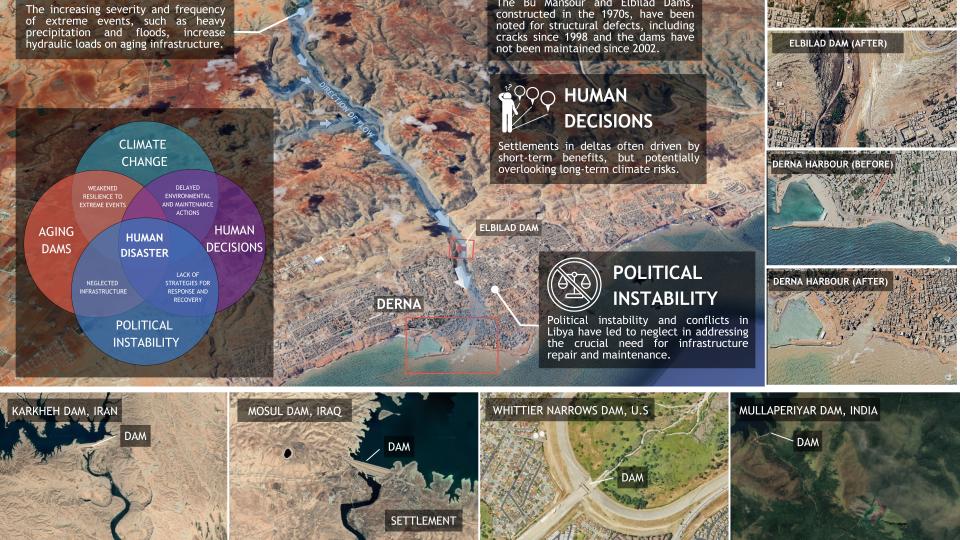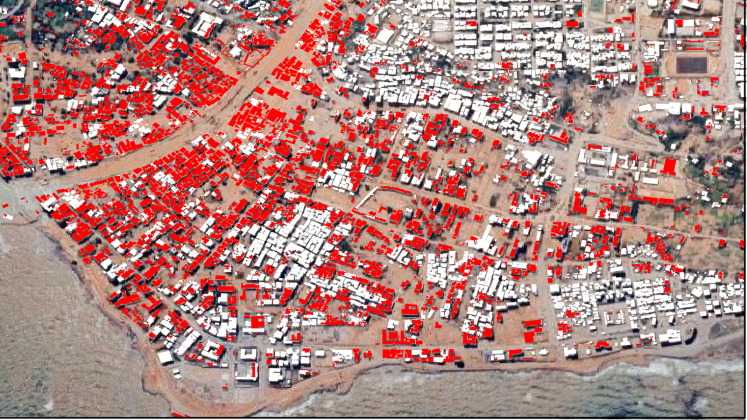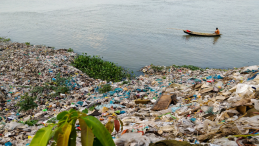Richmond Hill, Ontario - A new study by the United Nations University Institute for Water, Environment, and Health (UNU-INWEH) researchers sheds light on the catastrophic flood disaster in Derna, Libya, in September 2023. The research highlights how aging infrastructure, political instability, climate change, and human decisions created the perfect storm for one of the deadliest floods in recent history.
The flooding, caused by the collapse of two dams following a record-breaking storm, resulted in the deaths of over 11,000 people and damage to more than 8,500 buildings. The study utilized advanced satellite imaging techniques to detect structural vulnerabilities in the dams, which had experienced significant subsidence over the years, compromising their integrity.
The UNU researchers found that the Bu Mansour and Elbilad dams showed signs of differential settlement—uneven sinking—at rates of up to 2.2 mm per year. "Our data revealed that these dams were structurally deteriorating for years, but inadequate maintenance and political instability left them vulnerable to collapse," said Dr. Manoocher Shirzaei, UNU-INWEH's Land Subsidence Analytics Lead and am associate professor of geophysics and remote Sensing at Virginia Tech, who led this investigation.
Their research also examined the role of climate change in exacerbating the disaster. The study highlights that extreme rainfall, intensified by climate change, overwhelmed the aging infrastructure. "This tragedy underscores the urgent need for global investment in monitoring and maintaining infrastructure, especially in regions prone to climate-related disasters," Dr. Shirzaei emphasized.
The findings emphasize the importance of proactive disaster risk management, including infrastructure monitoring, early warning systems, and community resilience programs. Lessons learned from this disaster are applicable worldwide, particularly in regions with similar vulnerabilities.
This is not the first time UNU-INWEH researchers have warned the world about the significance of the aging infrastructure problem. In 2021, the institute published a report on aging dams, highlighting the urgent need for global attention to the creeping issue of aging water storage infrastructure and calling for international efforts to deal with this emerging, rising risk. In another report in 2023, the UNU-INWEH researchers also warned about the justice implications of the failing flood protection systems and levees, highlighting the significant vulnerability of poor and underserved communities to future extreme events.
"This is another costly piece of evidence that we have to take the issue of aging infrastructure seriously," said Professor Kaveh Madani, the Director of UNU-INWEH. "We need a holistic infrastructure healthcare approach to ensure the longevity and resilience of critical infrastructure systems that are exposed to poor human decisions, unstable governments, failing economies, and a changing climate."

Download the Article:
https://www.nature.com/articles/s44304-024-00056-1.pdf
Media Contacts
Kyra Bowman, UNU Head of Communications bowman@unu.edu
The UNU research team is available for interviews
Dr. Manoochehr Shirzaei, Land Subsidence Analytics Lead, UNU-INWEH, manoochehr.shirzaei@unu.edu
Prof. Farshid Vahedifard, Lead, Resilient and Equitable Infrastructure
Prof. Amir AghaKouchak, Lead, Water, Climate and Infrastructure Risk
Prof. Kaveh Madani, Director, UNU-INWEH, kaveh.madani@unu.edu
Article Information
Shirzaei, M., Vahedifard, F., Sadhasivam, N., Ohenhen, L., Dasho, O., Tiwari, A., Werth, S., Azhar, M., Zhao, Y., Nicholls, R.J., & AghaKouchak, A. (2025). Aging Dams, Political Instability, Poor Human Decisions and Climate Change: Recipe for Human Disaster. npj Natural Hazards. https://doi.org/10.1038/s44304-024-00056-1




